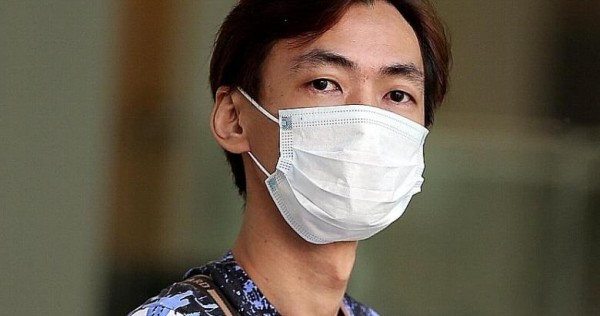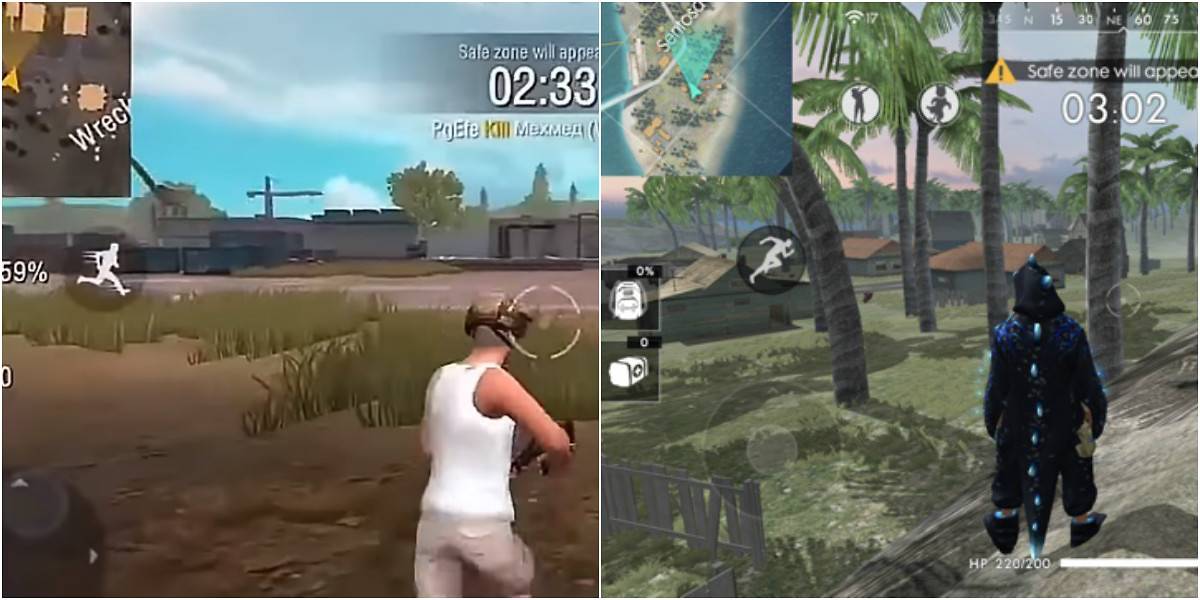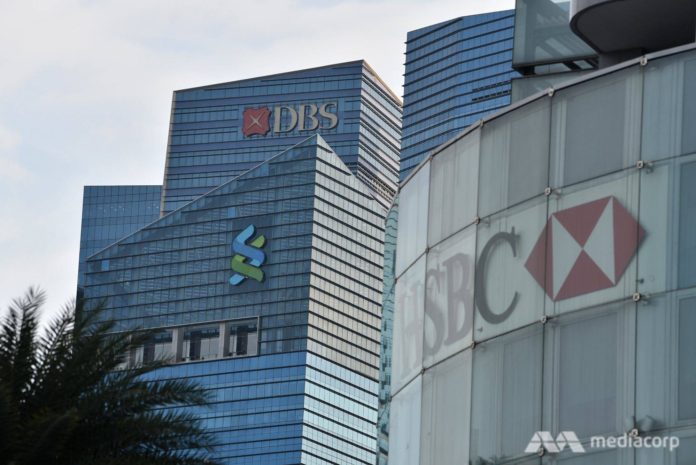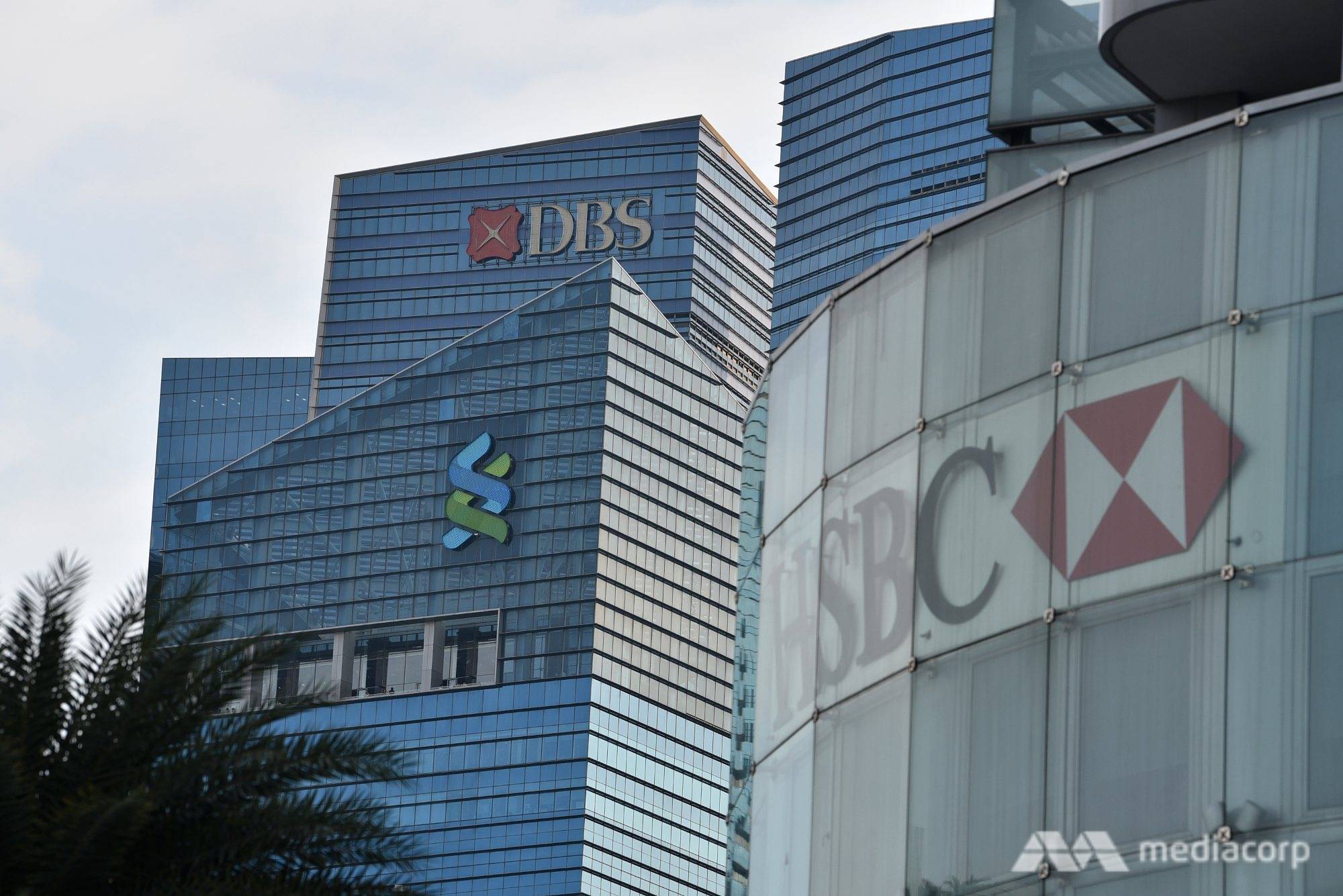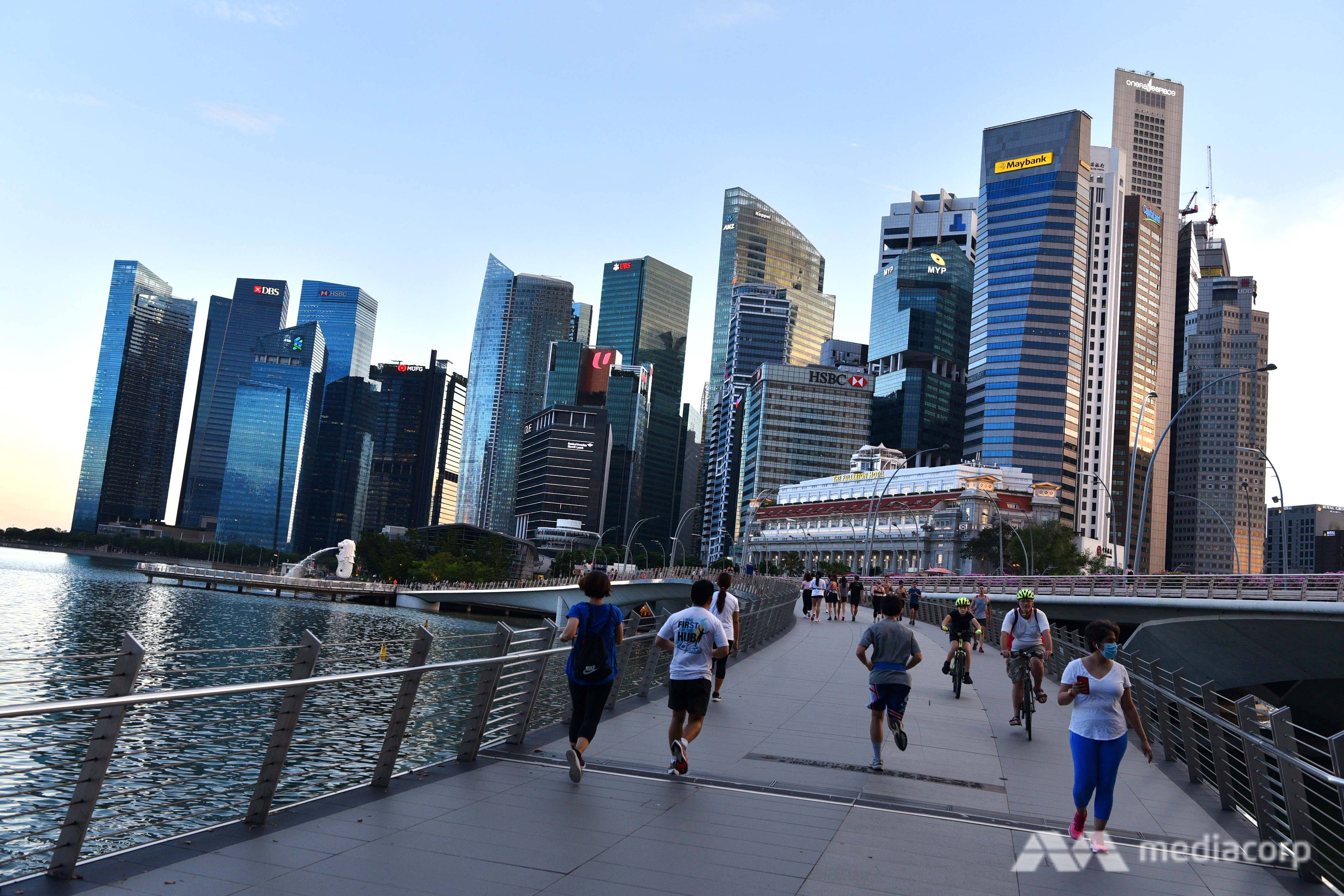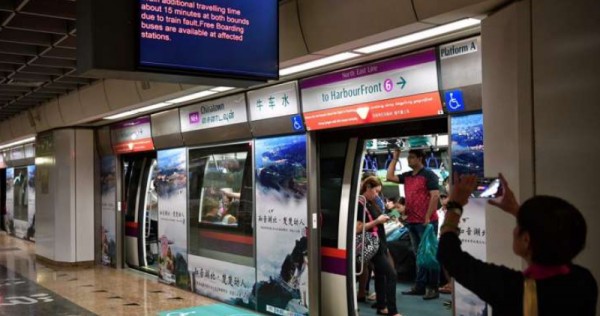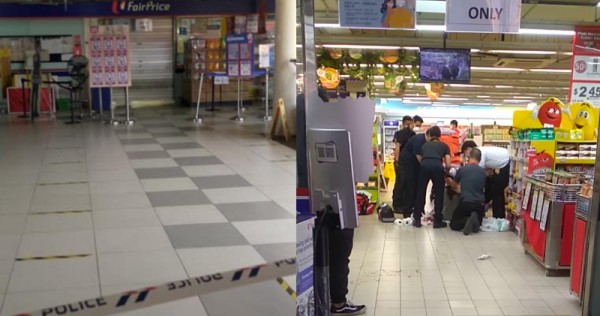SINGAPORE: A “resilience roadmap” for the Meetings, Incentives, Conventions and Exhibitions (MICE) and events industry was announced on Thursday (Oct 8), offering pandemic-hit businesses guidance on implementing necessary safety measures.
It also gave the firms tips on adopting a new “hybrid model” and how they can develop their workforce for the long term.
The Event-Industry Resilience Roadmap (IRR) was developed by the Singapore Association of Convention and Exhibition Organisers and Suppliers (SACEOS), together with government agencies Singapore Tourism Board (STB) and Enterprise Singapore (ESG).
It is the world’s first roadmap for the MICE and events industry, said a press release from SACEOS.
Its objectives include helping the industry to implement “best in class” standards under STB’s protocols for safe business events, creating agile business models with a focus on hybridisation and developing pathways for professional development in a post-pandemic world.
These will be underpinned by the SG SafeEvent Standard, an industry-led national accreditation programme set to be launched later this year. It hopes to serve as a “mark of assurance that Singapore is a world-leading destination for safe, trusted and innovative business events”, said the press release.
Pilot events are under way to put these standards into practice, according to SACEOS president Aloysius Arlando at the launch of the roadmap.
“These pilot events (will) provide us with data points and rich insights so that events of varying scale can be carried out in a safe and responsible manner, and in due course.”
The MICE industry, which contributes close to 1 per cent of Singapore’s gross domestic product, has been among the worst-hit sectors by the COVID-19 pandemic and the resulting strict public health measures and border controls.
More recently, authorities have begun easing restrictions for MICE events, with the STB announcing last month that event organisers can apply to pilot large-scale meetings of up to 250 people from Oct 1.
The move, an increase from the previous maximum number of 50 attendees, comes as part of a gradual resumption of economic activities in the country.
READ: STB will start accepting applications to hold business events for up to 250 people from Oct 1
“The development of the Event Industry Resilience Roadmap is a significant step as Singapore resumes MICE events,” said ESG’s assistant chief executive officer Dilys Boey.
With a full recovery still a “long way off”, the industry understands the need to reinvent to survive, said Mr Arlando.
The IRR, he added, will be a “live document” that adapts to the evolving operating environment.
“It will sync with prevailing national healthcare protocols. It will reflect the way business conduct is changing, and a calibrated restart of our industry to the full extent possible.
“The IRR will help MICE enterprises reflect and rediscover ways to rebuild a successful business and restore the vibrancy and competitiveness of the MICE industry,” he told attendees at the launch, as well as those watching via Zoom.
SAFETY ADVICE AND ADOPTING A HYBRID MODEL
The first edition of the roadmap focuses on providing event organisers, venue operators and suppliers with advice on the safe management of events.
It also serves as a “playbook on the rudiments and economics of a hybrid event” – a new business model that has emerged for industry players amid the COVID-19 pandemic.
“We are mindful that hybrid models need to make commercial sense and the hybrid attendee experience engaging,” said Mr Arlando.
With many industry players struggling to formulate cost and revenue structures for hybrid events, as well as managing the expectations of attendees, the IRR hopes to provide innovative solutions and help businesses to establish models on how they can monetise virtual and hybrid events.
“The MICE industry is still trying to discover what truly defines hybrid events, but we are confident we will get there,” the SACEOS president added.
READ: Digital venues and virtual booths: How hybrid MICE events can be piloted
During a panel discussion, the association’s vice-president for digital and innovation Veemal Gungadin noted that hybrid events are likely “to cost more … at the beginning” due to the need for safety measures, as well as new digital infrastructure and equipment.
Initiatives to help businesses in this aspect, such as a centralised system of resources to enable economies of scale, will soon be rolled out, he added.
DEVELOPING THE WORKFORCE
The roadmap will also include capabilities development plans for businesses and their workers to survive and emerge stronger from the pandemic.
More details on this will be announced in the second edition of the IRR, which is being worked on at the moment.
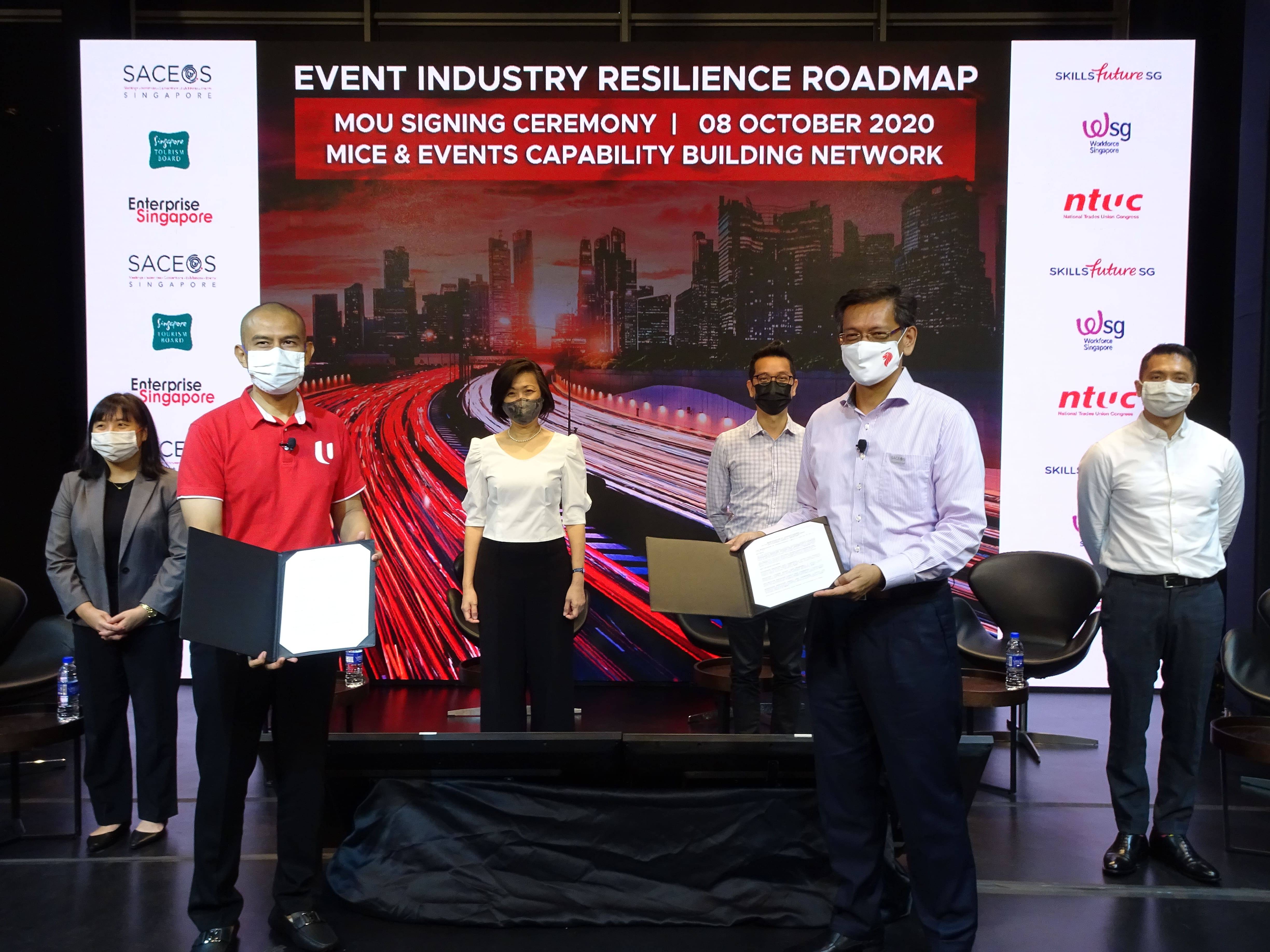
A memorandum of understanding was signed on Oct 8, 2020 to establish the “MICE & Events Capability Building Network”. (Photo: Singapore Association of Convention and Exhibition Organisers and Suppliers)
As a start, a memorandum of understanding (MOU) to establish the “MICE and Events Capability Building Network” was signed by SACEOS and the National Trades Union Congress (NTUC) on Thursday.
The tripartite effort, supported by the STB, ESG, Workforce Singapore and SkillsFuture Singapore, will facilitate the capability development of MICE professionals, including freelancers and self-employed individuals.
It will partner educational institutions across Singapore to develop blueprints of new and refreshed career paths, as well as create and curate training programmes to support industry recovery, the press release said.
“We look forward to multiplying efforts to enable and support companies, as well as freelancers and self-employed professionals in the industry, to get ready to ride the wave of new and future trends and move ahead with new business plans,” said Mr Hassan Abdullah, NTUC’s representative for hospitality and consumer.
Mr Arlando added: “Through the network, the parties aim to adequately prepare the workforce for the new work model emerging from COVID-19 and raise the baseline of competencies to meet the demands of the future economy so that workers can aspire to have better jobs.”
BOOKMARK THIS: Our comprehensive coverage of the coronavirus outbreak and its developments
Download our app or subscribe to our Telegram channel for the latest updates on the coronavirus outbreak: https://cna.asia/telegram

